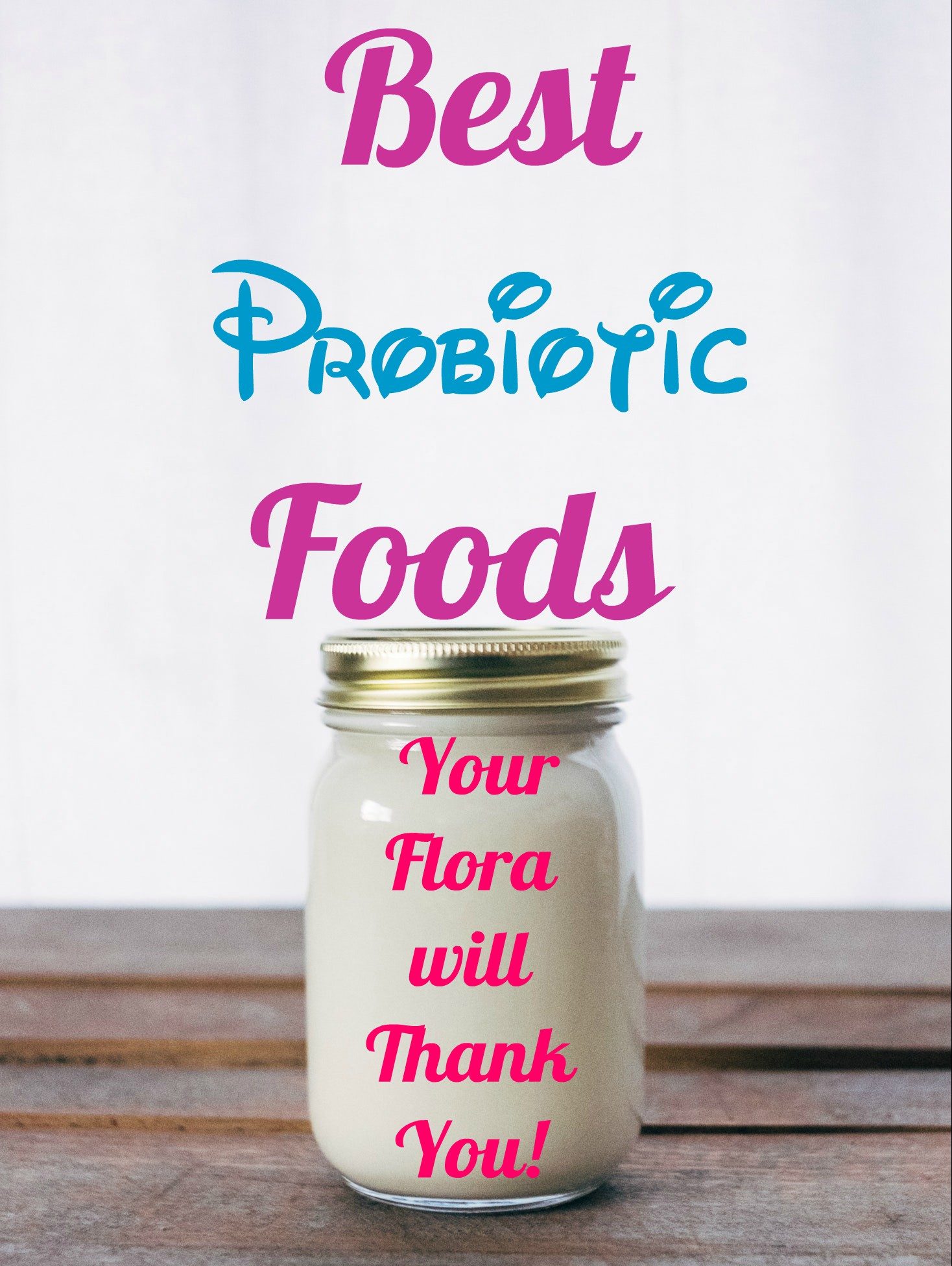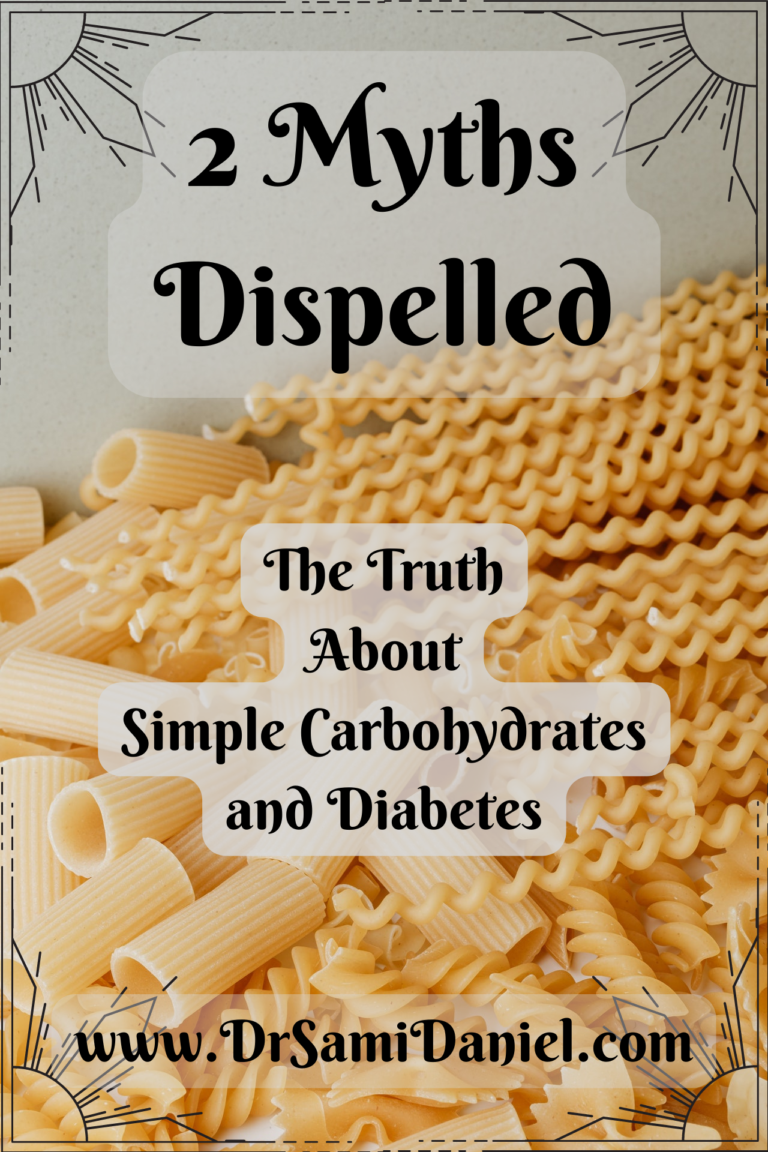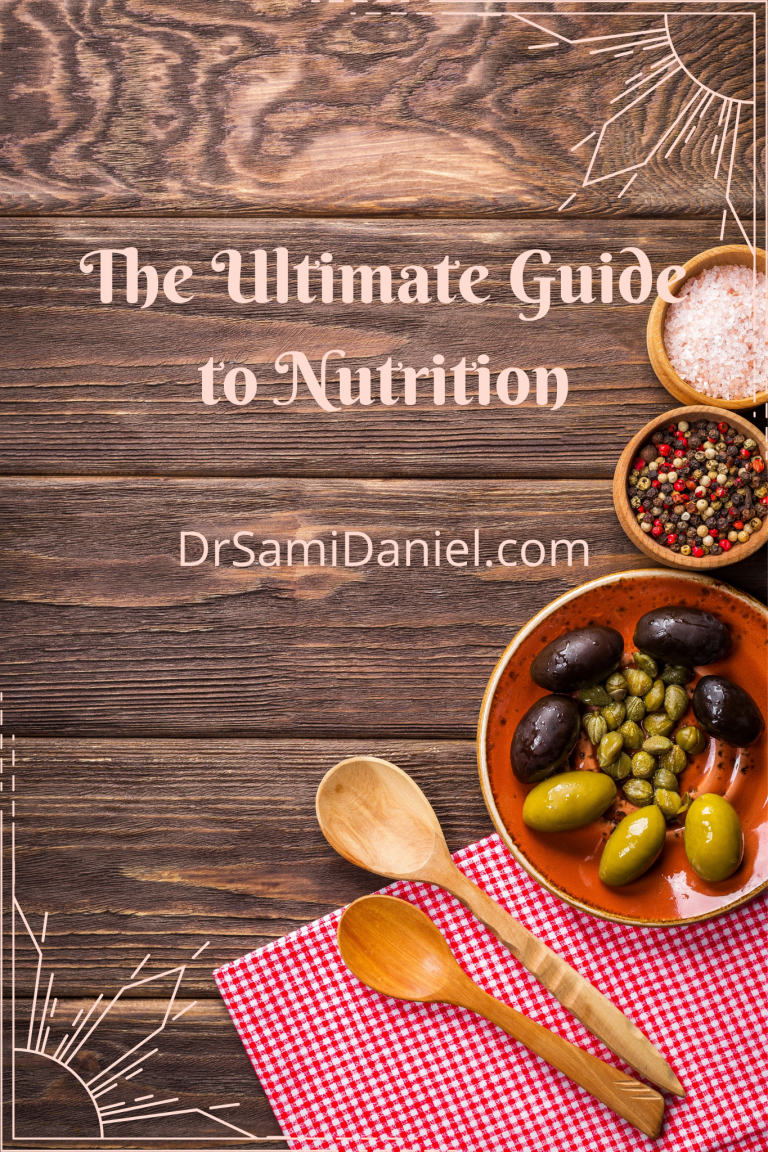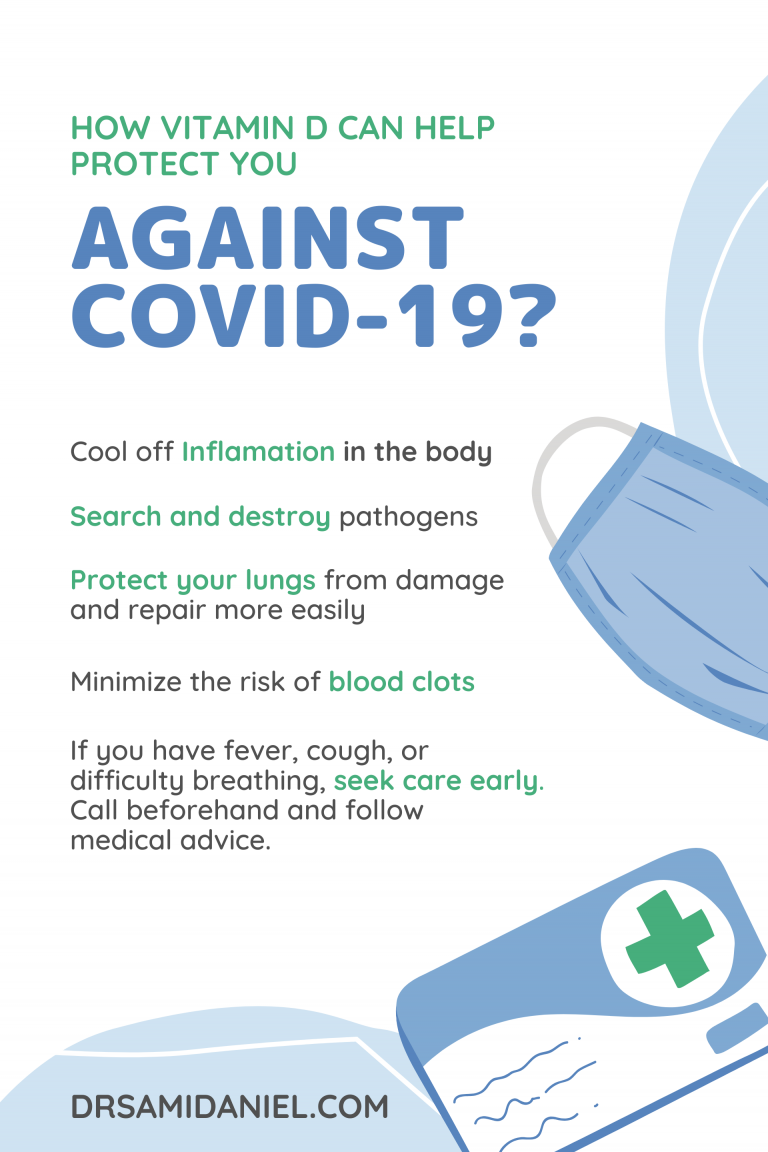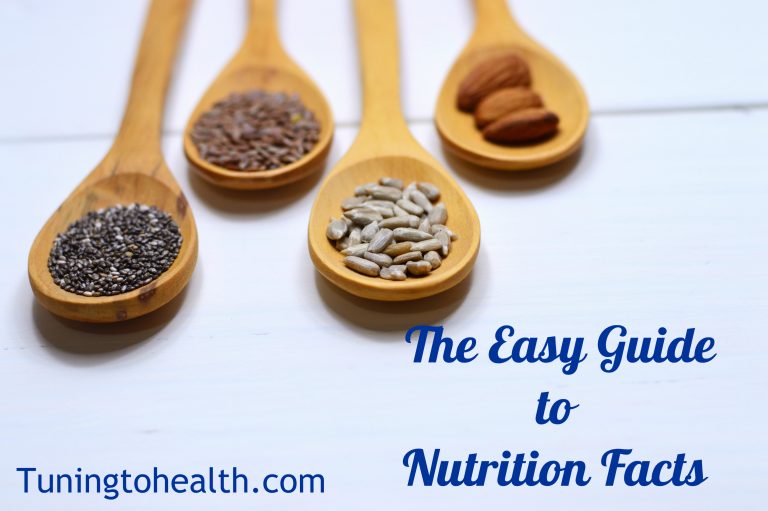Best 5 Foods with Probiotics
What are Probiotics?
I noticed that people have become obsessed with the idea of Probiotics to support their gut flora. Nutrition gurus seem to tout the benefits of Probiotics for your gut health ad nauseam! The claims of having good bacteria in your gut are endless!
-
- Weight loss
- Better sleep
- Decrease or eliminate arthritis
- Reverse diabetes
- Have better skin and/or hair
- Decrease or eliminate irritable bowel syndrome, Crohn’s disease, Ulcerative Colitis
- Clearer skin
- Feel generally healthier
- These are JUST things that I HEARD!
And what an attractive list! I admit that I am easily blinded and convinced to ignore my thoughts. Who would NOT want to eliminate or relieve any and all of those things?! So people jump on the band-wagon and buy up bottles of pills filled with the Probiotics that are supposedly good for you. But there are so many brands and types of Probiotics that I NEED to take a step back and ask myself the fundamental question… WHAT ARE THEY???
Breaking down the Latin and Greek, “Pro-” means “For, on behalf of”. “Bios” means “Life”. This means that “Probiotic” literally translates to, “For life”.
Interpreting this translation helps us understand that a Probiotic must therefore have life! What kind of life? The microscopic kind that most people call germs. Bacteria and Yeast.
I Thought Bacteria and Yeast are Bad for My Body
Overgeneralizing bacteria and yeast can be detrimental to your health! There are “good” bacteria and “bad” bacteria. The same is said for yeast. But here’s the trick: Good microbes can become bad if they are given the opportunity! Here is what I mean.
-
- Misplaced Microbes – Surgeons know this problem all too well! They give patients antibiotics and prepare the site of incision with antiseptics BEFORE the first incision is made. Why? They understand that bacteria on the skin can get inside and set up an infection! The surgeon will do his/her best to reduce the number of microbes on the skin, but it is impossible to eliminate all of them! Bacteria will inevitably get inside because they are breaking the first line of defense against germs in order to operate. A scalpel is not the only thing that can break the skin. A paper-cut, prick of a thorny bush, or a slip of the knife while slicing a vegetable can create an opportunity for “good” bacteria to become “bad”.
- Overgrowth – Bacteria on your skin and in your gut are in constant competition with one another. They will even produce antibiotics to kill the neighboring bacteria because they want more space! How we eat can tip the scales in favor of one type of bacteria over another! Eating well can favor the “good” bacteria to propagate! Eating poorly can allow the “bad” bacteria to proliferate! We need the “good” population of bacteria to keep the “bad” population in check for optimal health. If they grow out of control, they monopolize space in your gut. As a result, this may compromise adequate absorption of vital nutrients and/or release toxins into your system.
- If yeast grows out of control in your gut, you can have sugar cravings. Therefore you may feel better only when eating a diet composed of flour, wheat, sugar and the like. A leaky gut can result, which allows bacteria to slip through the lining of your intestines. The resulting inflammation can lead to chronic diseases such as the ones I mentioned above.
- Yeast is also part of the normal flora of the vagina in women. Proliferation will lead to a yeast infection.
Our immune system can usually handle all these scenarios really well! But there are times that the immune system can become overwhelmed and need help. So why do we have bacteria and yeast at all?
Why the Right Microbes are Good for Your Health
The right microbes in the right places are absolutely VITAL to your health! Believe it or not, we exist in a symbiotic (sym-biotic, together with life) relationship. According to the National Institutes of Health, the microbes outnumber our own cells by 10 to 1! But they are so small that they only account for 2 – 6 pounds of weight in a 200 pound man! These microbes compose our “normal flora”. So why do we actually want to KEEP these 2 – 6 pounds?
The issues I previously mentioned have a positive side. 1) The misplaced bacteria (if in small quantity) helps the immune system stay robust by providing target practice. 2) The constant competition between different strains prevents any ONE species from taking over and causing disease. This competition between “good” microbes also crowds out any “bad” microbes that might try to invade.
Microbes also aid in digestion. They possess digestive enzymes that we cannot make! As a result, these enzymes can then help us extract more nutrients from food. Therefore we can eat less food per day to obtain the same nutritional benefits!
A word on Mitochondria. You may remember that Mitochondria are basically small power-houses from High School Biology. The scientific community has recognized these power-houses are essentially bacteria! The theory is that Mitochondria somehow found its way into a bigger, primitive cell (our cells) and set up a symbiotic relationship. So what do we get out of this relationship? ENERGY. These Mitochondria use the Oxygen we breathe to make 18 TIMES as much energy from a single molecule of glucose! Without their help, we could not exist as we do today.
Doctors appreciate all the benefits that our microbial pals offer us. They also know that antibiotics will kill ALL bacteria regardless of whether or not they are good for us (even Mitochondria are affected). Therefore Doctors MUST find a balance when prescribing antibiotics. They use antibiotics ONLY when absolutely necessary! Why? Because Doctors understand 2 important things:
- The “Bad” bacteria MUST be eradicated from your system.
- “Good” bacteria are going to be lost as collateral damage.
- Therefore we must get rid of all bad bacteria before too many good bacteria are lost.
The effort to kill the “bad” microbes brings us only halfway to recovery! We must now replace the “good” bacteria that were lost. The surviving Mitochondria will simply replicate. So how do we seed ourselves with the right microbes again?
Food or Pills
There is a big difference between the probiotics found in food versus pills. I tend to favor acquiring my probiotics via good foods. Why?
-
Pills
-
Pros
- They are a great supplement! (But NOT a replacement)
- They are helpful to restore the “good” guys after finishing an antibiotic.
- They can jump-start the process of getting more good bacteria into your system.
-
Cons
- Probiotic pills only have a handful of beneficial strains of bacteria. (However there are high quality brands with outstanding product)
- They may not be balanced to complement one another.
- Putting living cultures into a pill seems unnatural to me because there is limited space and nutrients.
- They may not release the bacteria in the intestines
- Many pills have a capsule designed to resist the acidic environment of the stomach. However some people may still digest the pill’s protective coating prematurely. Others may not be able to digest the coat at all. Therefore the bacteria will either be killed in the stomach or trapped inside and pass into the toilet.
-
-
Food
-
Pros
- Our physiology is designed to process food. NOT pills.
- Our friendly gut-microbes help us digest and absorb REAL food.
- Eating fermented foods have the right proportions of beneficial bacteria.
- Cheaper than pills.
- Satisfies hunger.
- Bacteria are already digesting foods before you eat them. So we get additional nutrients.
- Multiple nutrients that are perfectly balanced. So we absorb the right proportion of nutrients from foods.
- Different strains of bacteria are balanced. So we avoid overgrowth, nutrient deficiencies, and other problems mentioned above.
-
Cons
- People might not like the taste of fermented foods (Some of these foods have a strong Ick-factor)
- Takes time to develop at home (but grocery stores have stockpiles ready)
- Flashy labels to distract the well-intentioned consumer (Anything that COMPULSIVELY tells you how healthy it is for you, probably is NOT healthy for you AT ALL!!!)
- Good foods can be sweetened to attract more consumers (IE: Yogurt full of sweeteners comes to mind)
-
Best Foods to Get Probiotics Naturally and What to Look Out For
Even if you do not get the foods I listed below or understand the CRAZY names of different bacteria, I want to arm you with the basic knowledge to figure out what foods are actually good for your gut. Therefore I will explain why I have selected the foods below with some scientific jargon. I will list foods that provide great probiotics as well as foods that will make sure the “Good” bacteria in your gut stay happy and well-nourished.
1. Sauerkraut
I LOVE this stuff! It’s the first thing that comes to mind when I want to give my gut a Probiotic infusion!
Fermenting shredded cabbage is certainly quite pungent. However the Probiotic benefits are wonderful!
Just make sure that you find UNPASTEURIZED sauerkraut. Pasteurization is a process literally designed to kill any and all bacteria. But we want them to be ALIVE!
On that note, if you don’t find it in the refrigerator section, it’s probably not alive!
A quick search for Sauerkraut shows that it provides us with Sodium, Potassium, Vitamins B-6 and C, Iron, Magnesium, as well as antioxidants!
In short, this is a WHOLE food with great nutrients that is made better with gut-healthy bacteria!
2. Kimchi
This food gets its name from the bacteria used to ferment the cabbage: Lactobacillus kimchii.
Usually Kimchi is also made from cabbage, it therefore shares many of the wonderful nutrients found in Sauerkraut!
The Korean people make this dish quite spicy! However you can choose to add as much or as little chilis and pepper flakes as you like.
3. Yogurt
This is my second go-to food for Probiotic enrichment! It is rich in Calcium and Cobalamin (better known as Vitamin B-12). The protein is wonderful in my opinion as long as the carbohydrate content is low. There are 2 land mines I want to bring to your awareness.
-
-
- Check the nutrition facts. I ALWAYS look for yogurt that has NO sugar and sweeteners. Some carbohydrates are OK in my book, but I prefer NONE! I also prefer whole yogurt with its fat because I believe fat IS GOOD for me!
- Be aware of your food sensitivities! You may have a sensitivity to milk products which may cause damage to your intestinal lining and lead to inflammation! For more information about food sensitivities and how to detect them, check out my article here!
-
Since this is a milk product, it may have been pasteurized before hitting the grocery store refrigerators. Check the label to see if it says “Live and Active Cultures” or “Unpasteurized”. If the label is unclear, but the nutrition facts look good, you can try a test at home to see if the Probiotics are alive and well.
-
-
-
- Buy a small container of the Yogurt you are interested in testing.
- Grab a gallon of whole milk as well.
- Clean enough jars or other glassware with a lid to accommodate the newly made yogurt.
- Begin the pasteurization process of the microbes in the milk. You only want the microbes from the yogurt you want to test.
- Pour the milk into a pot.
- Then heat to approximately 180 degrees Fahrenheit for 15 – 30 minutes (A longer time will yield a thicker yogurt).
- Now we must choose a heat setting that PROMOTES the growth of our selected bacteria (Approximately 110 – 115 degrees Fahrenheit).
- Turn the heat off and let the milk cool to 110 – 115 Fahrenheit.
- Add a cup of your test-yogurt to the milk.
- Mix thoroughly.
- Place the mix into the jars or glassware and seal them to prevent airborne microbes from contaminating your mix.
- Fill the milk jug you emptied with half cool water and half boiling water. Close the jug and place it into a portable cooler.
- The cooler will serve as the incubator. So it must be big enough to accommodate the jug and all the jars you created.
- Place the sealed jars of milk in your DIY incubator. Close the incubator. Leave it for 8 – 9 hours (Ideally overnight).
- If everything goes well, you have basically made your own batch of Yogurt! If it does not turn out well, then you may need to review the steps above or the yogurt you selected did not have the live cultures we had hoped for.
-
-
Other Milk-based products include Kefir and Buttermilk. These are becoming more popular lately, but they are hard to find unless you go to specialty grocery stores. Additionally, you need to make sure that they contain LIVE cultures. The increase in popularity may drive manufacterers to mass produce the stuff at the expense of the good bacteria we seek to ingest! So READ THE LABEL!
4. Soybeans
While I DO have a little soy sauce with my sushi or the occasional tofu, I find that soybeans are quite versatile and highly nutritious! These legumes are very high in Iron, Magnesium, Calcium, and Vitamin B-6. They also contain a great deal of protein, fiber, and polyunsaturated/monounsaturated fats.
However soy is another very common food sensitivity among people because of the large amounts of phytic acid. Ironically, this substance impairs the absorption of the very same vitamins and minerals that soy provides! As a result, soy must be fermented before consumption!
Therefore I urge you to be aware of your body and the signals it gives you. If your body can process soy-based products well, then you can enjoy the following foods!
-
- Tempeh
- This particular food will be essential for vegans! Fermenting Tempeh will produce Vitamin B-12. This vitamin is primarily found in meat products. However Tempeh can provide a Vitamin B-12 substitute with great protein and an earthy flavor!
- Your body can store enough Vitamin B-12 to last approximately 5 years.
- Vitamin B-12 supports and maintains the production of Red Blood Cells, DNA integrity, and Nervous system integrity.
- Therefore a deficiency can lead to anemia, fatigue, spinal cord compromise causing unstable gait, tingling and numbness of the extremities, and decreased mental cognition.
- Expecting vegan mothers should be cautious as well! Vitamin B-12 with Vitamin B-9 (aka, Folic acid) is absolutely essential for proper development of the baby’s brain and nervous system! The baby’s nervous system takes shape in the first 3 months after conception. So be sure to work with your Doctor closely!
- Miso
- Most people are aware of Miso soup, however it is really a sort of paste.
- Studies have indicated that Miso can reduce risk of breast cancer in patients. However soy beans have also been shown to increase risk of breast cancer due to its similarities to estrogen. These contradictions may have to do with the AMOUNT of soy products consumed. So if you want to enjoy the probiotic benefits of Miso and other soy-based products, eat them in moderation.
- You can use the paste to make whatever you like! However most people eat Miso soup. Just remember that there are LIVE cultures in that soup! So it is best served lukewarm to promote the survival of bacteria.
- Natto
- This probably has the strongest “Ick-factor” of all the foods here! The smell is strong! The taste is stronger! And it is quite slimy!
- However the Japanese people enjoy it and reap the benefits!
- This food has one of the highest concentrations of Vitamin K-2.
- There are 3 types of Vitamin K, with many additional sub-types.
- While Vitamin K-1 is important for clotting, Vitamin K-2 actually helps Calcium find their way to your bones. Therefore K-2 can help build and maintain strong bones. Be sure to find the correct sub-type. Vitamin K-2 Menoquinone 7 – 9.
- Tempeh
5. Fermenting Vegetables
Fermenting vegetables is a GREAT way to combine nutritious foods with homegrown Probiotics!
You can find them in the refrigerator section of stores. However these can include sugar or chemicals for efficient manufacturing. If you want to take control of what goes into your vegetables, you can ferment them at home!
By fermenting at home, you can choose any vegetables you want! You can choose any combination of vegetables. Which means that you can choose the nutrients you want to include in your diet! You can also decide what medium to use (usually salt, whey, or a starter culture in a similar way to yogurt).
There is no need to use a starter culture here. The natural microbes in the vegetables will facilitate the fermentation process.
If you choose to use salt, please be mindful of your blood pressure. A blood pressure LESS THAN 120/80 is considered normal (However NOT too low.) Pressure between 120/80 to 129/80 is considered “Elevated” which indicates high blood pressure is beginning to develop. A pressure ranging between 130/80 to 139/89 qualifies as “Stage 1 Hypertension”. Any pressure of at least 140/90 defines “Stage 2 Hypertension”. Severe hypertension is defined at 180/110 and above (These people NEED IMMEDIATE medical attention!). For more information, please visit the American College of Cardiology.
If any of these are the case with you, please speak with your Doctor to manage this condition AS SOON AS POSSIBLE! A life-threatening situation can occur at any stage of blood pressure.
Additionally, you may want to choose a different method of getting your probiotics.
The Last Thing You Need to Know about Probiotics in Your Diet
First, be aware of your medical status and speak with your Doctor. Next, opt for foods that can give you live strains of Probiotics. They are often more nutritious and satisfying than a pill. Finally, there is NOTHING stopping you from making your own Probiotic enriched foods at home! Get creative and explore your palate!
One more thing, be aware that incorporating these foods into your diet may change your bowel habits as well as the composition of what ends up in the toilet. If you feel there are any alarming changes, please make sure you speak with your Doctor as soon as possible.
Please comment and share this article with your friends and family! If you have any questions or would like to suggest topics that you would like to read about, please post them in the comments below and I will read them!

